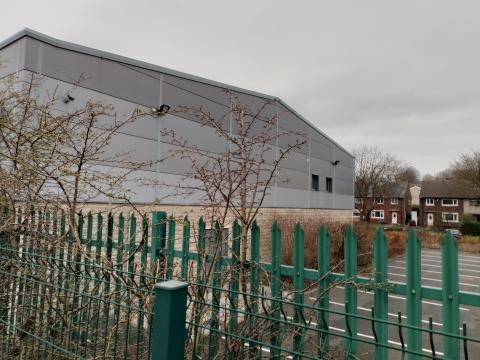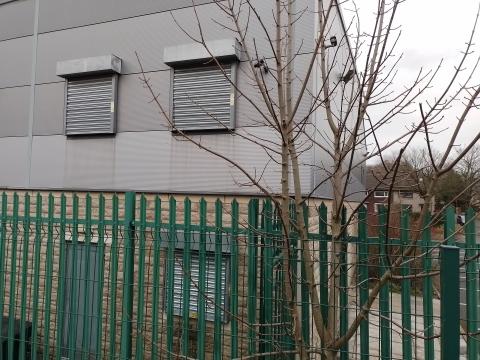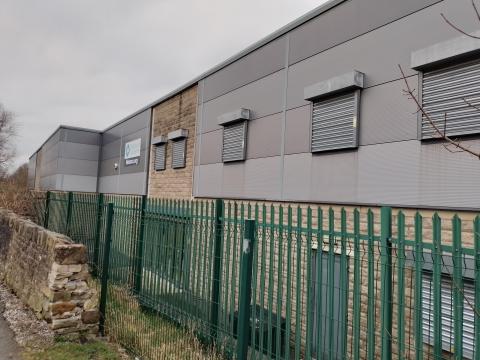Industrial Life Church

I recently walked down the Leeds-Liverpool Canal at Burnley. As well as the usual ducks and swans, a number of geese patrolled the banks, eyeing me with a sense of latent aggression. The surrounding buildings were changing from light industry to residential, but one industrial-looking facility was in fact a church. I was going to call it ‘Life Church, Burnley’, but it now refers to itself as ‘Life Church Lancashire’. Perhaps it draws people from Blackburn, and the reference to Burnley was removed so as not to offend cultural sensibilities. Certainly, it attracts great crowds from a wider area. I have only attended a couple of times, and that some while back, so I cannot comment with any authority.

It is really the external building that got me thinking. It looked entirely like a warehouse or distribution centre. Whereas nineteenth-century churches were often rather florid in their ostentatious decoration, and twentieth-century constructions liked to reflect modernist art, Life Church is bereft of outward decoration. For a church claiming to cover the whole of Lancashire as its parish, the county which sparked the industrial revolution may well have inspired its builders. The leadership (or Board of Directors, as the website describes them), would presumably point us to the building’s inside, where spectacular performances, skilfully choreographed displays, uplifting music and inspirational talks are offered from the stage.

I have sympathy for a plain church building. It is man that looks at appearances, while the Lord considers the heart. Those who know Life Church Lancashire better than I can make their own judgements about the internals and what goes on within. Yet a factory or industrial unit is not an unfitting picture of the local church. It exists to bring people in, build people up, and send people out.
- Log in to post comments


 Sunday Worship 10.45am & 6.00pm
Sunday Worship 10.45am & 6.00pm